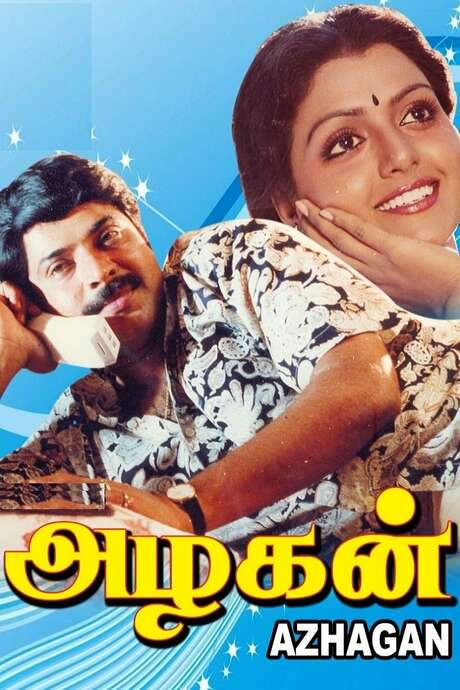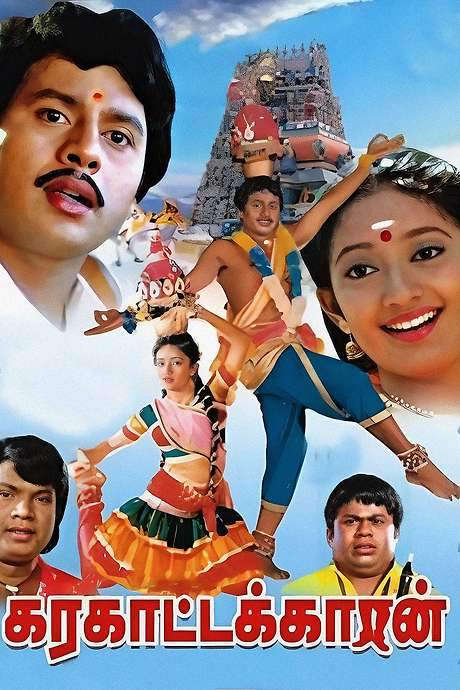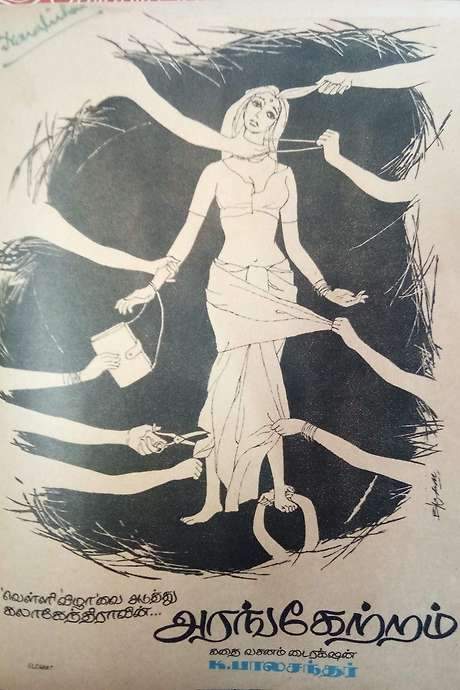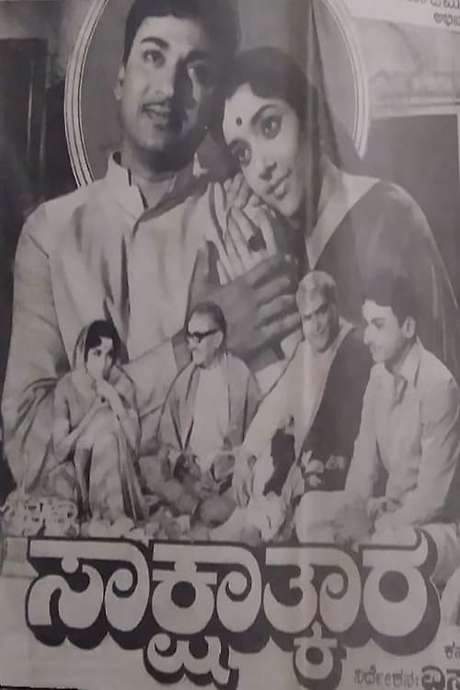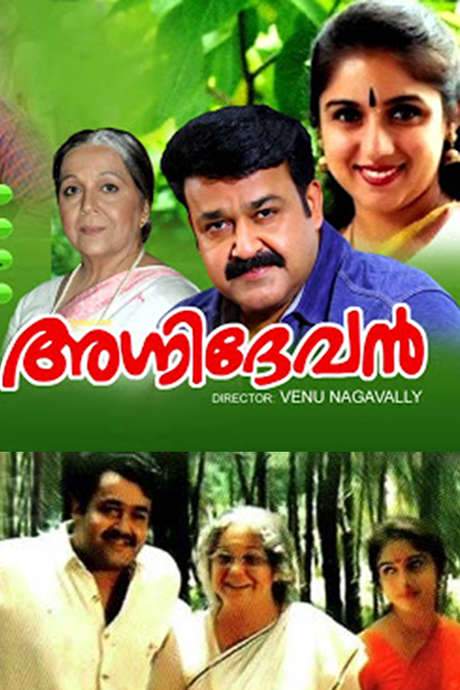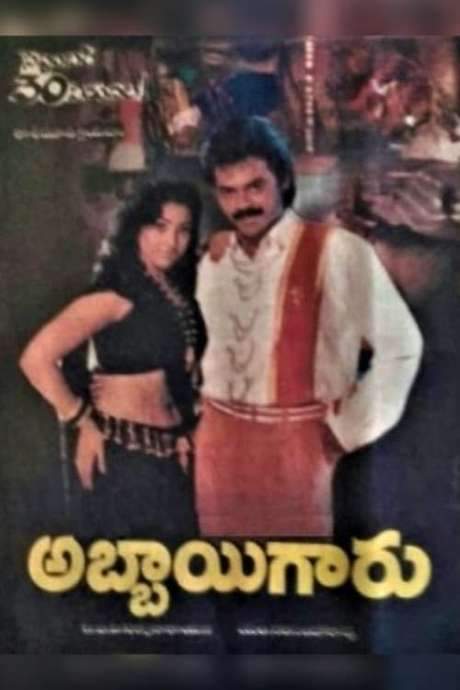
Agni Sakshi
Year: 1982
Runtime: 152 mins
Language: Tamil
Director: K. Balachander
Aravindhan runs a dance school and falls for his student Kannamma, whom he soon marries. After the wedding he finds that she is impossible to deal with in everyday life, prompting him to devote himself to helping and supporting her through the difficulties she presents.
Warning: spoilers below!
Haven’t seen Agni Sakshi yet? This summary contains major spoilers. Bookmark the page, watch the movie, and come back for the full breakdown. If you're ready, scroll on and relive the story!
Agni Sakshi (1982) – Full Plot Summary & Ending Explained
Read the complete plot breakdown of Agni Sakshi (1982), including all key story events, major twists, and the ending explained in detail. Discover what really happened—and what it all means.
Kannamma is an innocent and brilliant woman with a deep love for classical music and Tamil literature, especially Bharathiyar poems. She lives with a powerful, unsettled core: she battles obsessional psychosis that can flare into aggression whenever she perceives abuse toward women and children. In her world of poetry and rhythm, this intensity becomes the thread that runs through every major turning point of her life.
Aravindan runs a dance school, and among his pupils is Anandhi, a young woman who harbors feelings for him, though he does not return them. Their contrasting lives—his artistic discipline and her unrequited affection—set the stage for the central romance that blooms when Kannamma enters his orbit. During one of his performances, Kannamma is swept up by his ideology and stage presence, and she openly expresses a fangirl’s awe to him, a moment that quietly foreshadows the profound connection to come. She also begins to share her poems with him through a steady flow of letters, deepening a bond that feels almost fated.
As their affection grows, Aravindan becomes aware of Kannamma’s complex psyche. He voices his interest to Kannamma’s parents, and they, along with Kannamma, begin a tentative path toward a life together. Yet this union is shadowed by concealment: her outbursts and abnormal behavior are not discussed with Aravindan, and her parents, despite initial hesitations, eventually consent to the marriage after Aravindan’s earnest persuasion. The reality of her condition remains a delicate secret that complicates every step.
Aravindan’s family dynamics add another layer of strain. His mother Sivakami, a formidable and blunt presence, clashes repeatedly with Kannamma, whose behavior sometimes escalates into fearsome displays. The tension between loyalty to a beloved partner and loyalty to a family member who cannot control her impulses creates a painful friction that tests Aravindan’s resolve. In one particularly dangerous moment, Kannamma’s violence peaks and she even threatens Sivakami’s safety, a crisis that forces Aravindan to seek professional help.
A psychiatrist is brought in to assess Kannamma, and his evaluation suggests that her condition could improve if she receives affectionate, patient care from those around her. The doctor’s empathy is a rare beacon in a world already strained by misunderstanding. He also probes Kannamma’s past to understand the roots of her behavior, and Aravindan, seeking truth, learns enough about her history to inform their next steps. Faced with the gravity of the situation, Aravindan makes a painful choice about their future, initially considering divorce, only to pause when he learns Kannamma is pregnant. The prospect of separation would devastate not only them but any chance of a family, so the couple’s plans shift once more as the pregnancy becomes a focal point of hope and fear.
The parents’ world expands with the news, yet their anxieties linger. Kannamma herself believes she is carrying a girl and hints at frightening possibilities—she fears her daughter might be subjected to cruel social pressures, and she contemplates drastic acts to spare her from suffering. On the doctor’s guidance, Aravindan invites Kannamma on a vacation, hoping the change of scenery and pace might ease her mind and give them a clearer path forward.
On this trip, Kannamma reconnects with her childhood friend Thilagam, who sheds light on a long-buried chapter of Kannamma’s past. Thilagam recounts a traumatic memory: Kannamma witnessed the brutal abuse of Thilagam’s mother by her drunken husband. When Thilagam’s mother was pregnant with a second child, the husband accused her of infidelity, and after the baby’s birth, he beat his wife and killed the newborn by throwing it from a moving train—an atrocity seen by Kannamma and Thilagam. This revelation helps explain the resonance of Kannamma’s own fears and reactions and marks a turning point in how she perceives her circumstances and the future of her child.
Aravindan shares this haunting history with the psychiatrist, whoThen suggests a controversial therapeutic approach: convince Kannamma that the baby killed in the past is reentering the world as Kannamma’s own child. The strategy appears to bring a fragile sense of grounding to Kannamma, and she continues the pregnancy with a renewed sense of purpose, though the emotional toll remains heavy. A hospital visit reveals Kannamma’s mother-in-law in frailty, and she accuses Kannamma of alienating her son, a wound that deepens Kannamma’s distress.
The strain of fear, guilt, and expectation culminates in a tragic finale. Kannamma dies during childbirth, and the medical team is unable to determine a clear physical cause for her death. The prevailing sense is that she chose not to burden Aravindan any longer, a sorrowful testament to the burden carried by someone whose mind wrestles with pain that others struggle to understand. In the wake of her death, Aravindan remains, torn between grief and a steadfast devotion to the child they brought into the world, determined to build a life that honors Kannamma’s memory and the struggle she bore with quiet courage.
Last Updated: October 09, 2025 at 14:50
Unlock the Full Story of Agni Sakshi
Don't stop at just watching — explore Agni Sakshi in full detail. From the complete plot summary and scene-by-scene timeline to character breakdowns, thematic analysis, and a deep dive into the ending — every page helps you truly understand what Agni Sakshi is all about. Plus, discover what's next after the movie.
Agni Sakshi Timeline
Track the full timeline of Agni Sakshi with every major event arranged chronologically. Perfect for decoding non-linear storytelling, flashbacks, or parallel narratives with a clear scene-by-scene breakdown.

Similar Movies to Agni Sakshi
Discover movies like Agni Sakshi that share similar genres, themes, and storytelling elements. Whether you’re drawn to the atmosphere, character arcs, or plot structure, these curated recommendations will help you explore more films you’ll love.
Explore More About Movie Agni Sakshi
Agni Sakshi (1982) Scene-by-Scene Movie Timeline
Agni Sakshi (1982) Movie Characters, Themes & Settings
Agni Sakshi (1982) Spoiler-Free Summary & Key Flow
Movies Like Agni Sakshi – Similar Titles You’ll Enjoy
Azhagi (2002) Complete Plot Breakdown
Agni Varsha (2002) Movie Recap & Themes
Aggar (2007) Detailed Story Recap
Azhagan (1991) Film Overview & Timeline
Rakkuyilin Ragasadassil (1986) Detailed Story Recap
Agni Natchathiram (1988) Story Summary & Characters
Karagattakaran (1989) Movie Recap & Themes
Arangetram (1973) Complete Plot Breakdown
Sakshathkara (1971) Full Summary & Key Details
Ananda Thandavam (2009) Ending Explained & Film Insights
Agnidevan (1995) Story Summary & Characters
Agni Sakshi (1996) Story Summary & Characters
Anuragam (2023) Ending Explained & Film Insights
Unakkaga Ellam Unakkaga (1999) Detailed Story Recap
Abbaigaru (1993) Story Summary & Characters






